
Dishwashers play a crucial role in Australian households, being an appliance that many use daily. When they break or error, it poses a significant challenge.
One common issue is water drainage trouble.
Addressing this at home before resorting to a plumber can save time and money. By troubleshooting drainage problems independently, homeowners can potentially resolve the issue without professional assistance.
How do I drain a dishwasher?
Clear the Dishwasher
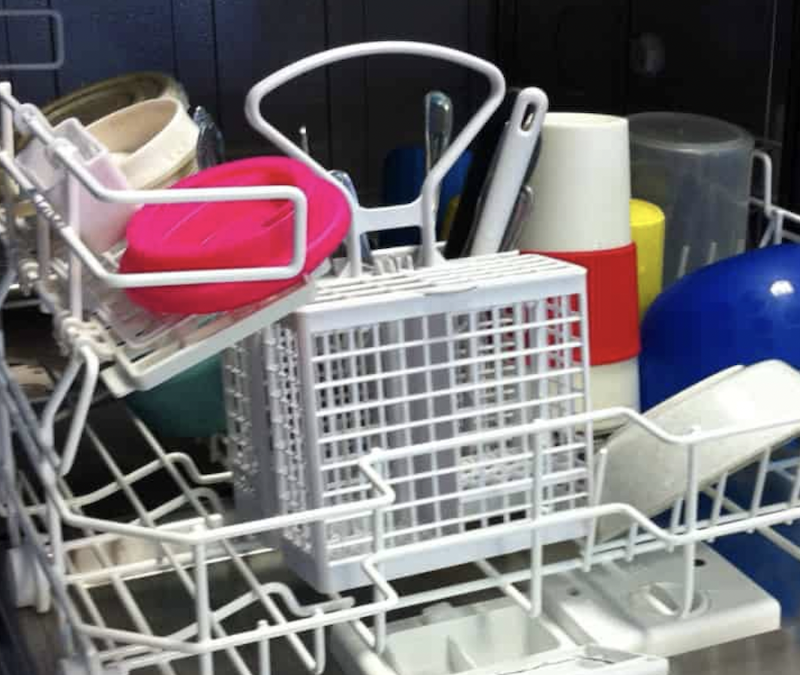
Step 1: Clear the dishwasher entirely of any dishes, and don’t forget to empty the bottom rack to ensure unobstructed access to the base.
By creating an open space within the dishwasher, you facilitate a thorough examination of the base, allowing for a comprehensive inspection and any necessary adjustments or repairs.
Turn off the Power

Step 2: Turn off the power to the dishwasher.
Cutting the power to a dishwasher before inspection or repairs is important to help keep you safe.
Dishwashers involve electrical components and water, creating a potential hazard if not properly managed.
Disconnecting the power eliminates the risk of electric shock and ensures a secure environment for hands-on work.
It also prevents inadvertent activation of the dishwasher during repairs.
Some dishwashers have a power cord that plugs into an electrical outlet under the sink, while other dishwasher power cords are wired directly from the wall to the wires in the dishwasher’s junction box.
Remove Excess Water
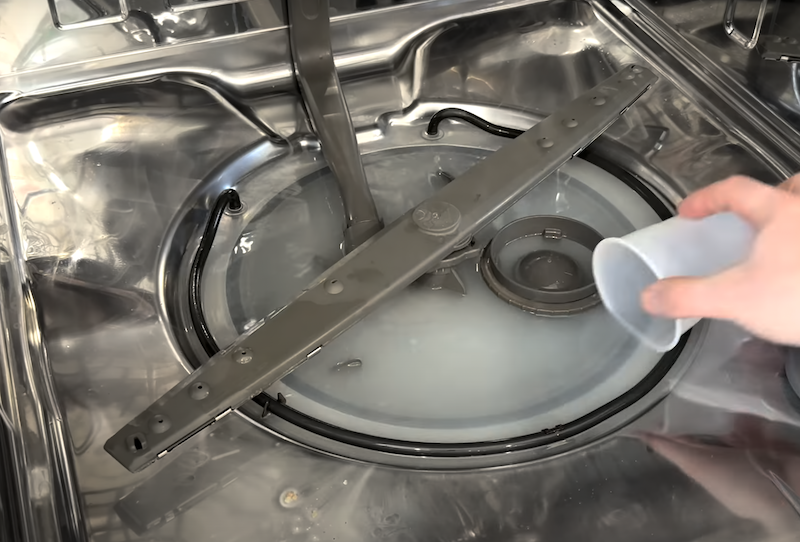
Step 3: Remove any excess water that hasn’t drained from the dishwasher. Lay a couple of towels on the floor to soak up any water that might spill out.
Use a cup to scoop the water out of the base of the dishwasher and place it in a bucket or down the sink.
When you can’t scoop out any more water, use a towel or cloth to mop up the remaining water.
Inspect Dishwasher
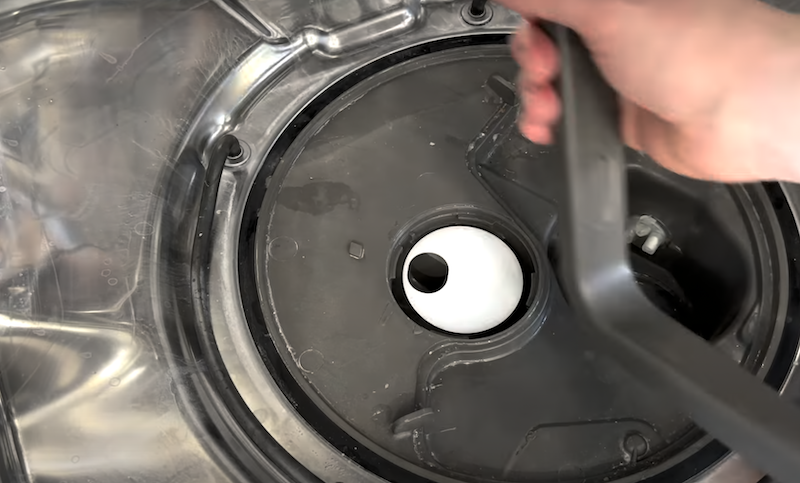
Step 4: Inspect your dishwasher for visible obstructions, things that will clogg or signs of damage. Ensure that there are no blockages hindering the proper flow of water.
Identifying and addressing these issues promptly can prevent drainage problems and maintain the optimal functioning of your appliance.
Check Filter
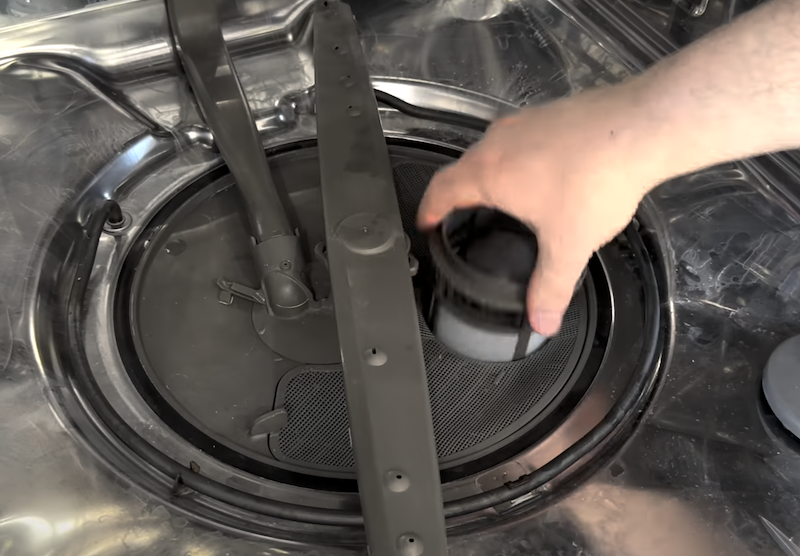
Step 5:Clean/change filter
The dishwasher filter is equipped with a screen designed to capture food particles from your dishes.
When this screen becomes excessively dirty, it hinders water flow and proper drainage.
This means that it needs to be cleaned regularly.
Locate the filter at the bottom of the dishwasher tub and remove it carefully.
Take the filter and empty the contents into the bin then take it over to the sink and thoroughly rinse them inside and out.
Use a soft-bristled toothbrush to lightly scrub the screen.
For stubborn grime, apply a small amount of dish soap to the toothbrush and scrub again.
Rinse the filter thoroughly and reinstall it in the dishwasher.
Run the rinse cycle to test if cleaning the filter resolved the issue.
Check Drain Hose
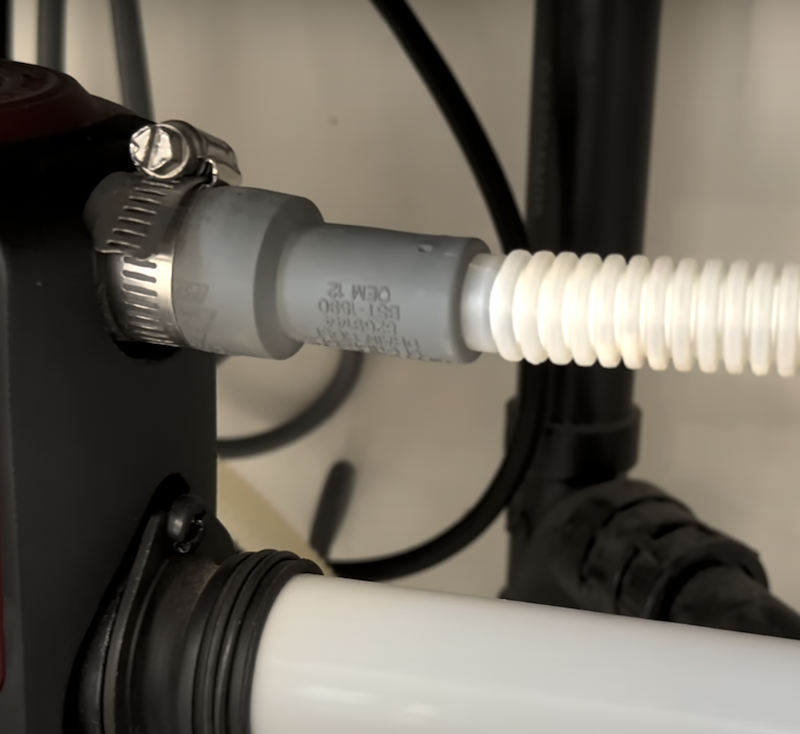
Step 6: Thoroughly examine the drain hose that connects to the sink. Take note of any kinks, and straighten them out to ensure unobstructed water flow. Addressing these kinks can potentially resolve drainage issues.
Check for any clogs by either blowing through the hose or using a wire hanger to gently clear potential blockages. Verify the tightness of the hose seal to prevent leaks.
This meticulous inspection and maintenance of the drain hose contribute to an efficient dishwasher system, minimizing the risk of drainage problems and ensuring the seamless operation of your appliance.
Test
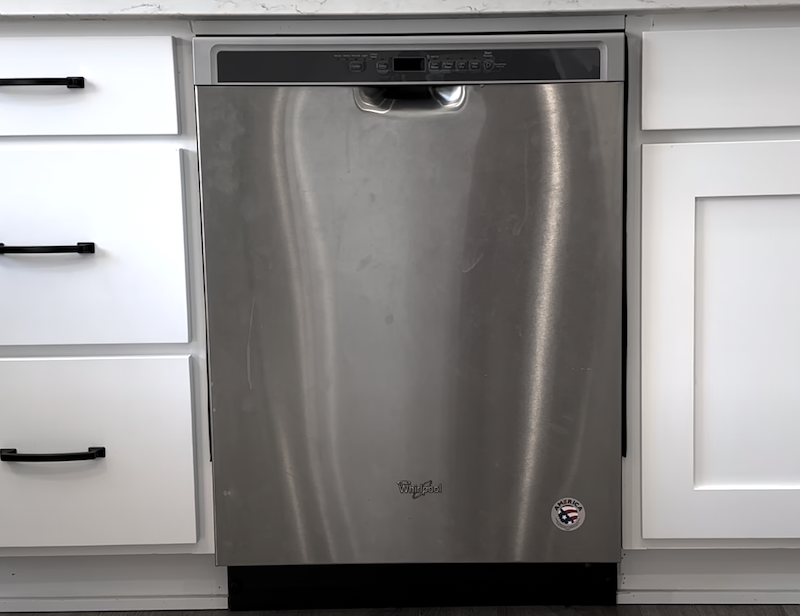
Step 7: After troubleshooting and addressing potential issues, it’s essential to test the dishwasher for resolution.
Run a new wash cycle without any dishes, opting for the shortest duration for a quicker assessment.
Following the cycle, inspect the dishwasher for any remaining standing water. If the dishwasher appears dirty due to prior standing water, pour a few cups of white vinegar into the bottom before running a hot cycle for thorough cleaning.
If large amounts of water remain and won’t drain after a wash cycle, it may indicate a faulty drain valve, requiring professional assistance.
In such cases, calling a plumber is recommended for a thorough inspection and repair.
How to prevent draining issues in the future
Efficient dishwasher performance hinges on proper usage and regular maintenance. Loading the dishwasher correctly is fundamental to preventing drainage issues. Make sure you are not putting heavily soiled dishes into the dishwasher.
Stack the racks so the dishes are arranged in a way that allows water to flow freely and promotes optimal drainage during cycles.
Equally important is the routine cleaning of the dishwasher filter. A monthly cleaning schedule is recommended to prevent the accumulation of debris and maintain unobstructed water flow.
Adhering to the manufacturer’s guidelines on dish detergent is a crucial step in preventing drain clogs. Using the appropriate detergent type and quantity prevents the formation of residue that could impede drainage over time.
Proactive measures in dishwasher maintenance go a long way in mitigating the risk of future drainage issues. Regular attention to loading practices, filter cleanliness, and detergent usage fosters a smooth-running dishwasher, ensuring consistent and effective drainage with each use.




